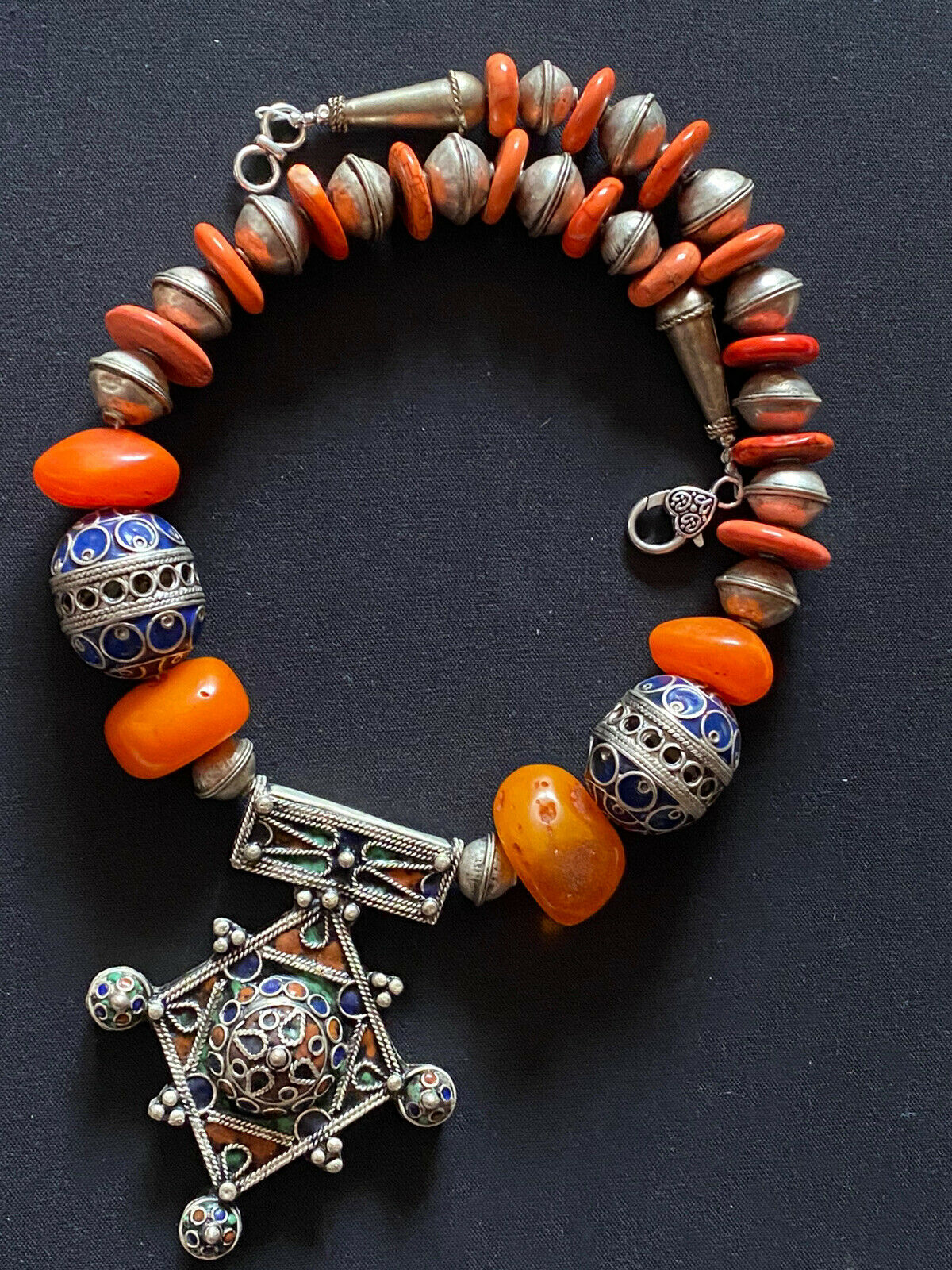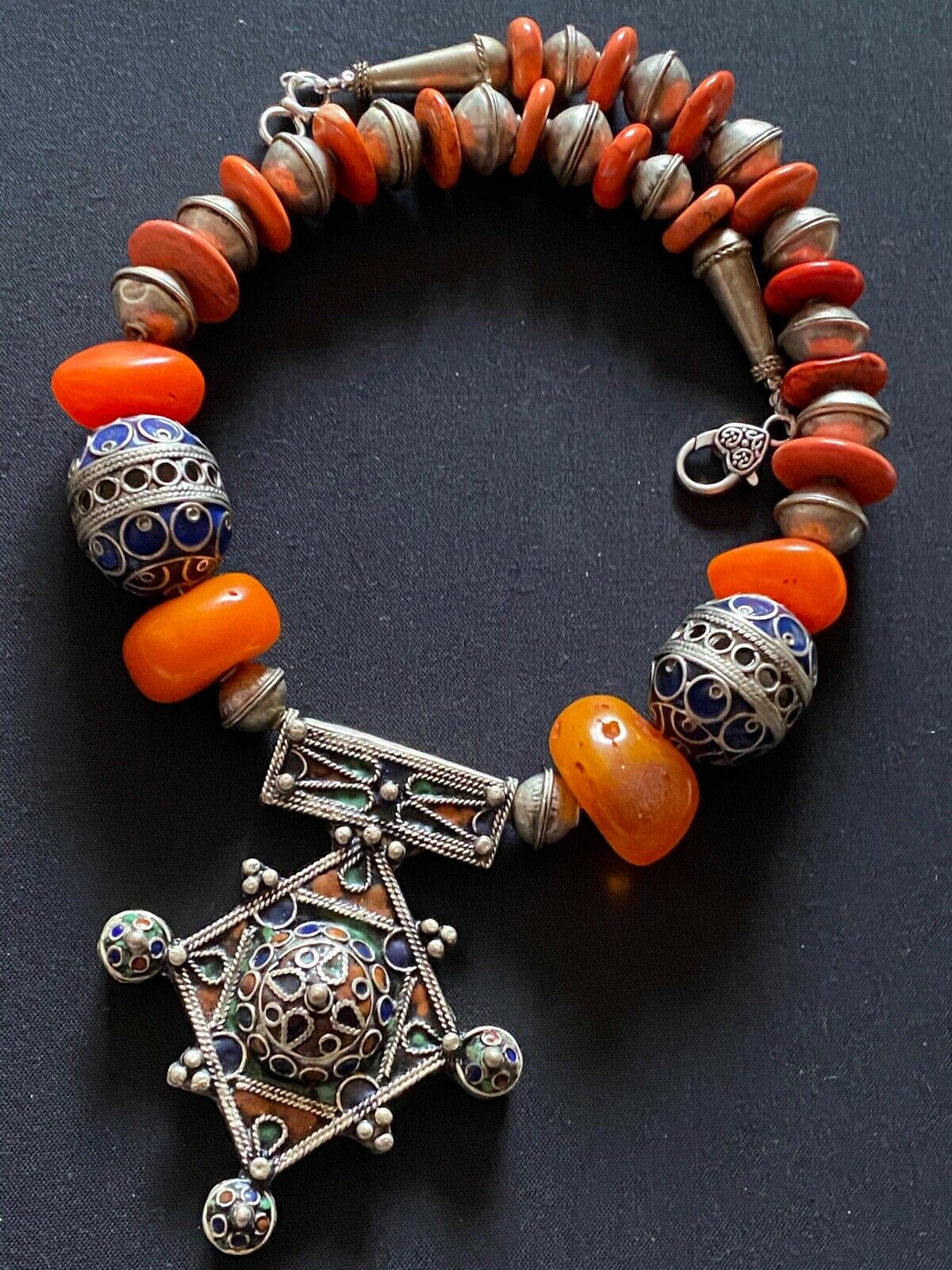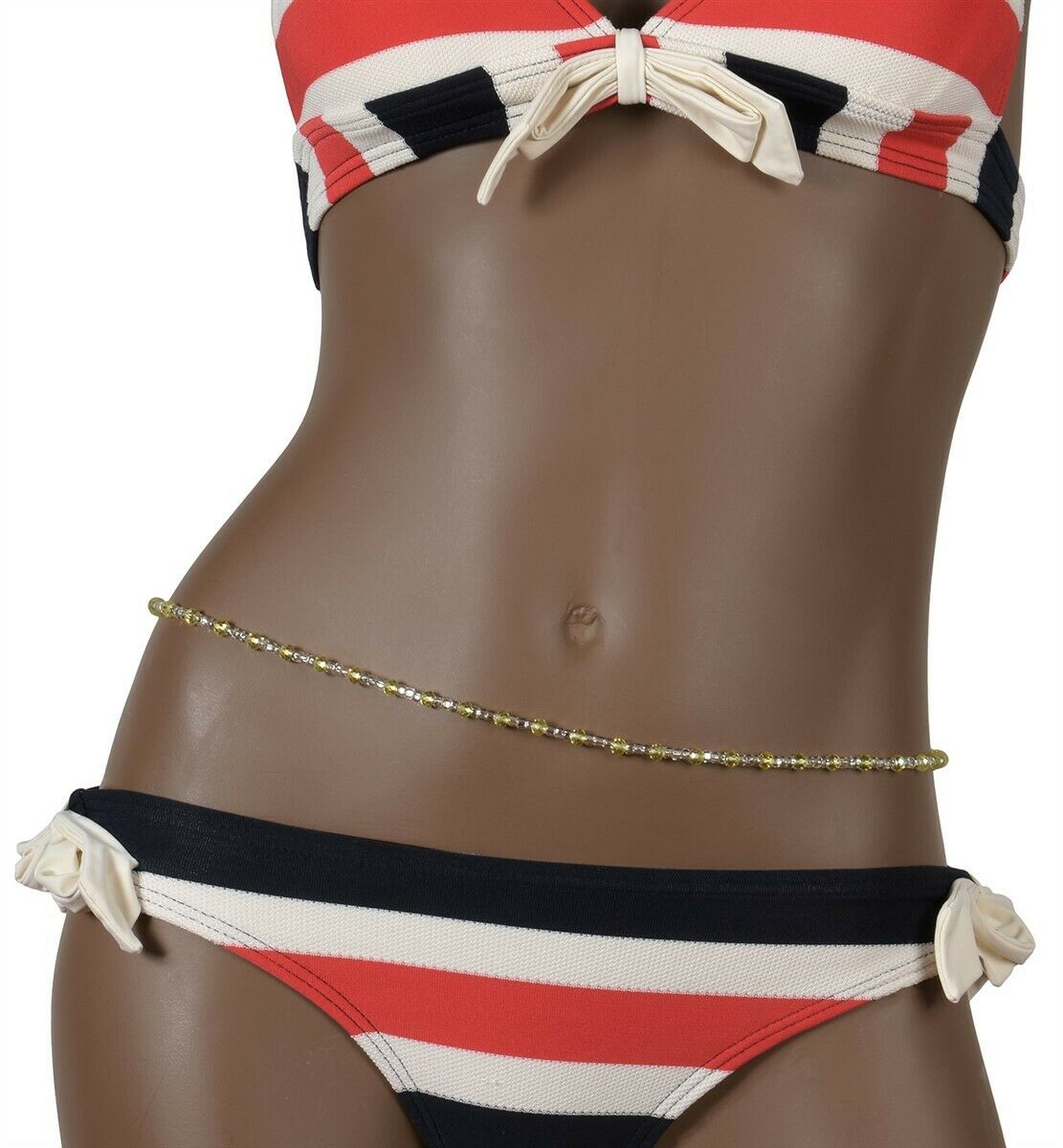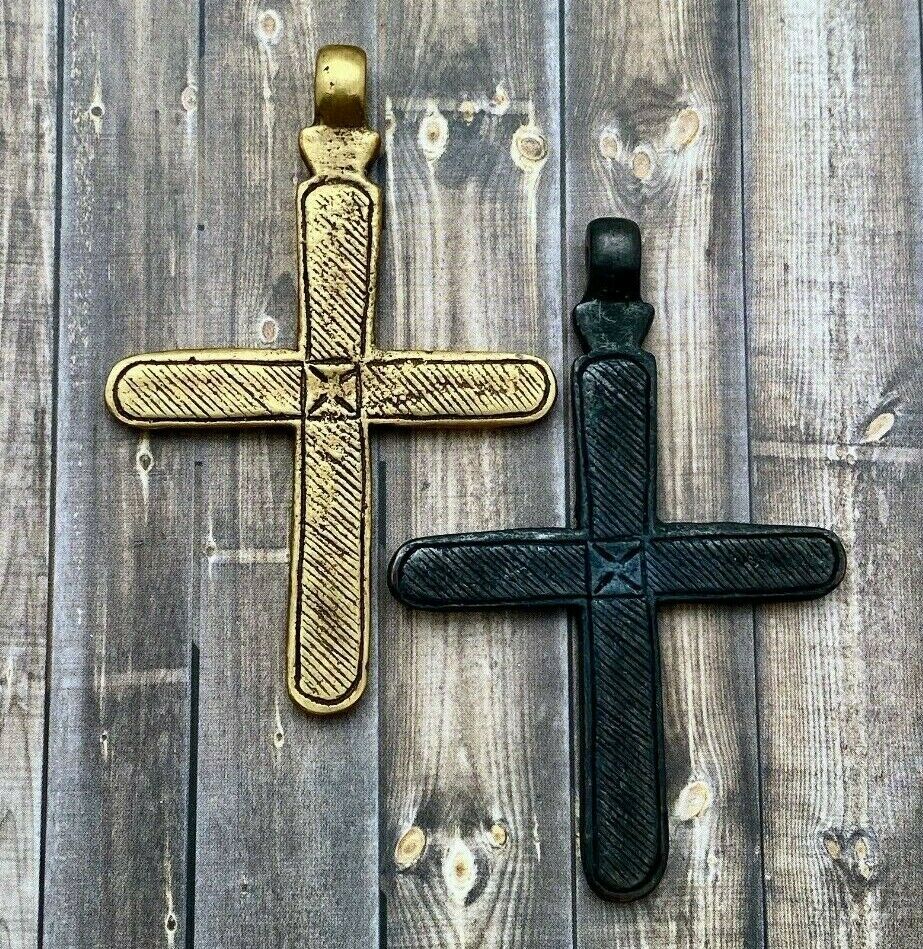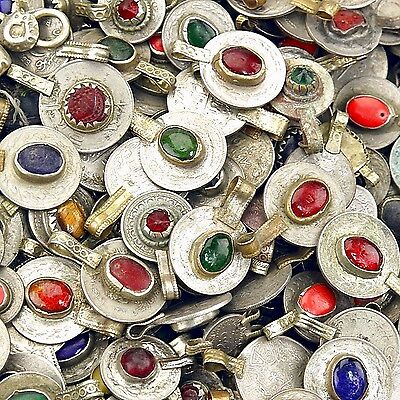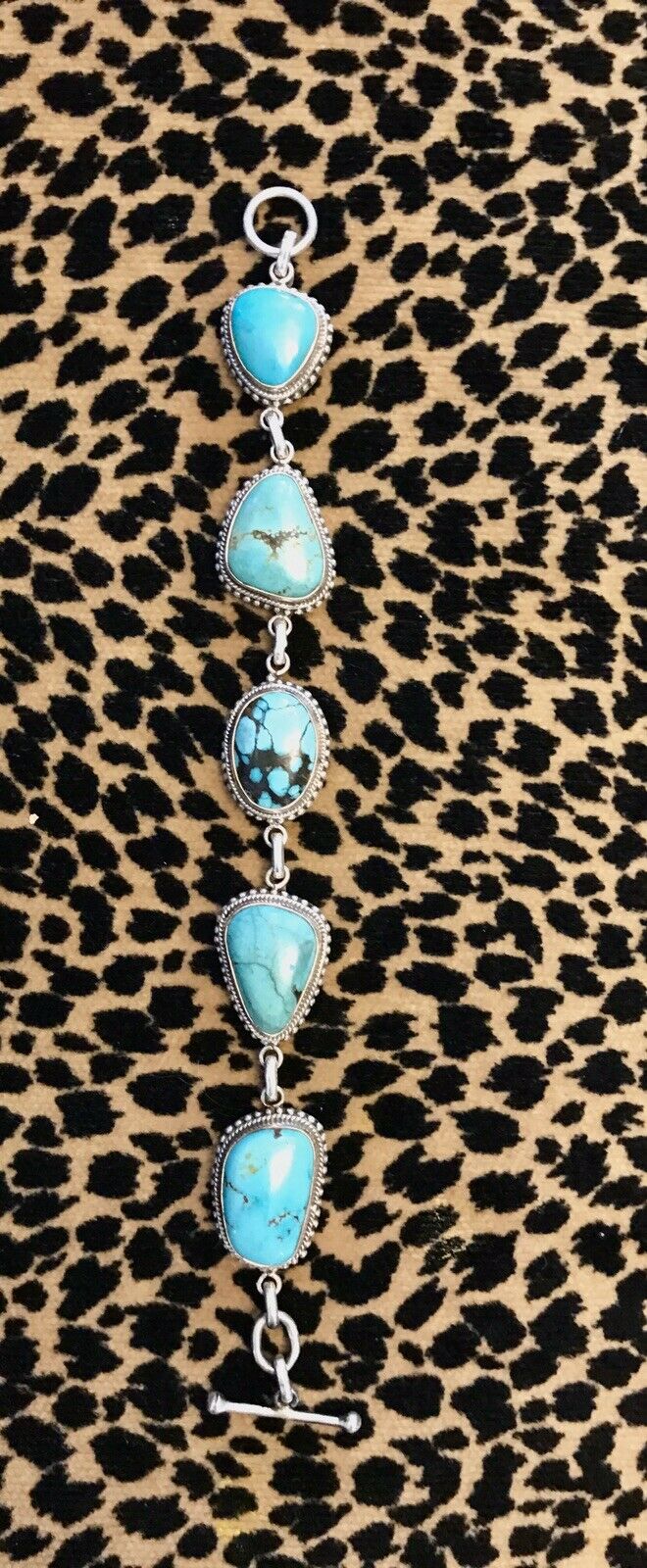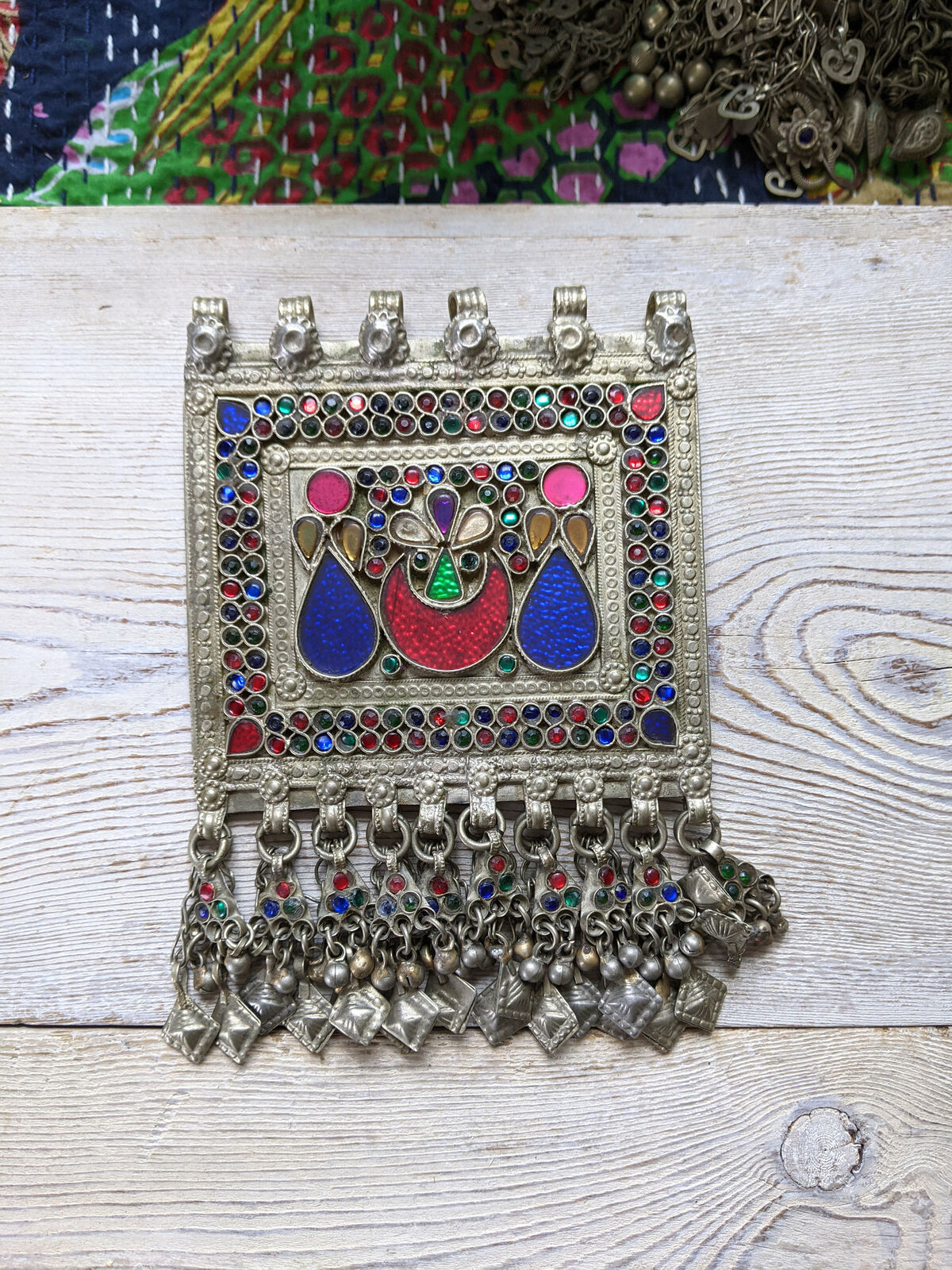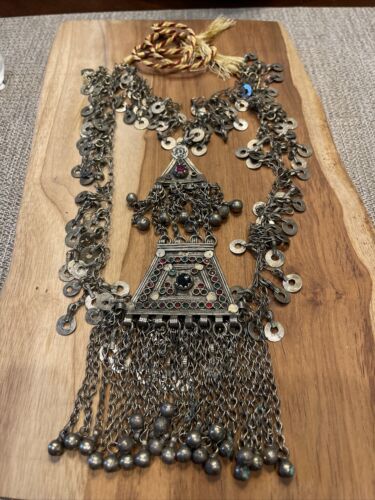-40%
Boghdad enameled Berber Chunky southern cross & copal Morrocan Boho necklace.
$ 123.55
- Description
- Size Guide
Description
Chunky Boghdad enameled Berber southern cross & copal Morrocan necklace.Chunky Boghdad enameled Berber southern cross & Tagmoute egg with copal amber and Tuareg silver bicone beaded handmade vintage Morrocan necklace.
Huge moroccan silver enameled Berber Boghdad southern cross pendant measuring approximately 3.5” in height by 3” in width.
Intricate enamel green, orange, blue and silver design details.
2 large Tagmoute enameled moroccan silver egg beads measuring 35mm by 29mm and have blue enamel detail.
Graduating Moroccan silver bicone beads ranging from 26mm by 18mm and 14mm by 14mm approximately.
Gorgeous orange graduated Howlite rondelle beads ranging from 30mm to 14mm approximately.
4 copal resin Amber beads 24mm by 30mm.
2 vintage cone silver tribal end beads measuring approximately 1.25” long.
Large lobster claw clasp closure.
Necklace measures 24” in length and is by no means a small piece.
Tagmoute egg is a classic silver enamelled egg bead. These beads were used in necklaces and fibula chains by Berber ladies, the egg of course symbolises fertility and new birth. The yellow and green enamel is made from venetian glass trade beads and is characteristically somewhat rough in execution.
An old Berber silver metal and enamel egg bead (Tagmoute) sourced in Ida ou Semlal in the Western Anti Atlas in Southern Morocco. Among the Berber the egg is a symbol of fertility, as life comes from it. Hand made in the first half of the 20th century, with enameling in blue, yellow and red. This would typically be worn at the center of linked fibulae or on necklaces. The repeated eye design is believed to be a strong protective element for the wearer.
Morrocan Boghdad berber Tuareg Crosses:
They derived from the Egyptian Ankh symbol from which would be derived the carteginese symbol of the Goddess Tanit and, finally, the Tuareg Crosses.
They are a sex symbol: especially in Agades , Zinder and In Gall crosses is evident the presence of two elements, which can be linked to a stylized depiction of the two sex symbols: the tip, male symbol, and the ring, the symbol of women.
They are said to protect from the evil eye: in the form of several types of crosses and in the decoration of almost all types appears the presence of triangular elements that constitute the representation more stylized of apotropaic eye.
Copal Amber beads are not the same as amber beads. Copal is also a tree resin, but it has not completed the fossilization process, and it is softer and tends to be more opaque. These Copal Amber bead were purchased 25 years ago to be used in jewelry designed necklaces. Some of the beads That were used back then are no longer on the market today, nor is the quality the same. These copal beads are very unique and I was only able to obtain a limited quantity to incorporate in my designs.
Copal amber unites the energizing force of the sun with the grounding, transmutive properties of earth. A powerful yet gentle healer and cleanser, Copal draws out and transmutes negative energy of all kinds on all levels. Copal aids in physical self-healing, emotional healing of depression, and environmental clearing.
Copal amber also aids in the manifestation of ideas to reality. The life force trapped within Copal promotes fertility, and its protective and environmental clearing properties make it a good stone to use to prepare a healing or birthing room.
The Berbers or Imazighen (‘Free people’; plural of Amazigh) are the original inhabitants of North Africa. They speak a number of related languages and share a common cultural heritage. Most Berbers nowadays live in Morocco, Algeria, Tunisia, Libya, Mali, Mauritania and Niger.
In Berber culture, jewelry has a symbolic and mythical meaning besides their practical and ornamental function, as they are used as charms and talismans to protect against evil spirits and influences. In addition, acquiring jewelry has an economic meaning. An Amazigh woman’s jewelry is her private property. She may buy, and then later sell jewelry to support her family in dire economic times. With the money she might also buy cattle or land. Smart commercial use makes women apt family bankers.
Berbers call themselves some variant of the word i-Mazigh-en (singular: a-Mazigh), possibly meaning "free people" or "noble men". The name probably had its ancient parallel in the Roman and Greek names for Berbers, Mazices.
The berber language (Tamazight) is one of the oldest languages of humanity. Nowadays, it is spoken by the people of North Africa , Egyptian oasis of Siwa and the Touaregs in the Sahara (desert).
From Central Atlas Tamazight ⴰⵎⴰⵣⵉⵖ (amaziɣ). From the active participle ⴰⵎ (am) and ⴰⵣⵉⵖ (aziɣ), whose meaning is unknown but is possibly related to "aze" ("to be strong" in Taznatit), or perhaps "jeɣeɣ" ("to be brave" in Tamasheq); z and j frequently swap out in The Berber are the indigenous people of North Africa, west of the Nile Valley. Many Berbers call themselves some variant of the word Imazighen(singular: Amazigh), possibly meaning "free people" or "free and noble men". The word has probably an ancient parallel in the Roman name for some of the Berber, "Mazices".
The name Berber comes from the name given to this people by the Romans, meaning barbarians. The history of the Berber people in northern Africa is both extensive and diverse. Their oldest ancestors settled in the East of Egypt.
